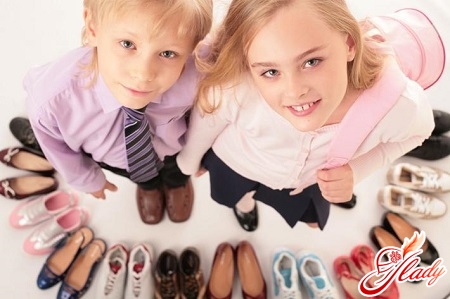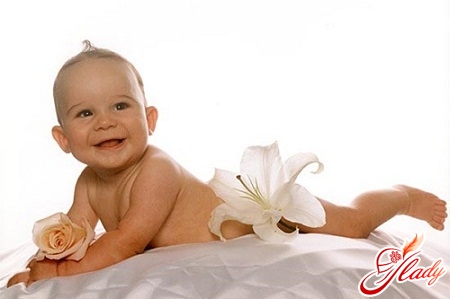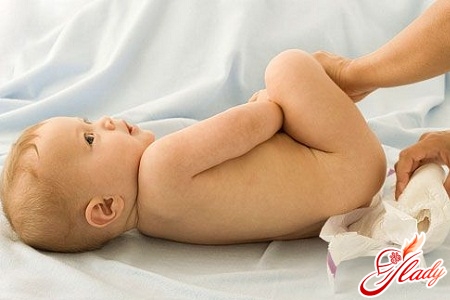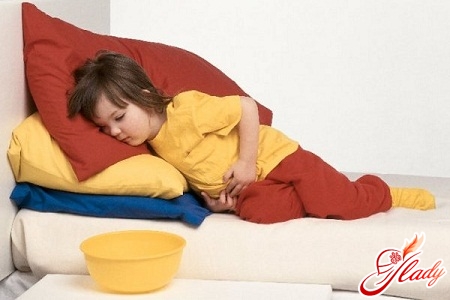
Hallux valgus in children -the most common type of foot deformity at an early age. According to statistics, such a diagnosis is given to almost every child with deviations in the development of the feet. It occurs as a result of weakness of the child's ligamentous apparatus, based on a violation of the innervation of the muscles of the lower limbs. It most often appears two months after the baby begins to walk - this is explained by the large load of the body on the feet with still weak muscles and ligaments. It follows from this that medical examinations by a specialist (in this case - an orthopedist) are very important at an early age. Rarely, but such a pathology can also be congenital, then the diagnosis is made either in the maternity hospital or during the first month of life.
Flat-valgus deformation of the feet
In case of hallux valgus, its internalthe edge sags, the longitudinal arches thicken, the front section (fingers) is diverted outward, and the heel deviates to the outer side. In a standing position, when looking down on both legs, an X is visible. When walking, the child seems to be trying to lean on the inner edge of the foot. Valgus deformity is diagnosed if the distance between the inner ankles exceeds 4 cm with straightened, tightly compressed knees. If left untreated, flat-valgus deformity of the feet leads to an X-shaped (valgus) deformity of the ankle and knee joints, which leads to an incorrect position of the pelvis, and this, in turn, causes a violation of posture. Curvature of the axes of the spine and limbs leads to an overload of the muscles that are trying to hold the body in the correct position, hence pain and early osteochondrosis. Also, with flat-valgus foot deformity, there is an increased risk of developing transverse flatfoot, arthrosis of the joints, curvature of the spine, which affects the quality of life, causing rapid fatigue, awkward gait, difficulties in choosing shoes. The cause of this defect may be:

Treatment and prevention
It is very important not to miss hallux valgus.feet of a child, since children's bones are quite elastic, early correction allows to completely eliminate the defect. Correction is performed using massage and gymnastic exercises. Since recovery will take more than one month, massage is performed in courses of 15 days of daily massage with a break of 2 weeks. It is also necessary to regularly perform gymnastics and wear special shoes made to order. The best option for gymnastics will be massage mats of different profiles. In order for the neuromuscular system to receive a comprehensive workout, it is necessary to create a whole strip of small obstacles, moving, the child will put his feet in different ways, therefore, the muscles will work differently, receiving different signals from the nerves. The effect of the treatment may occur in six months. If the treatment remains ineffective for a long time, they resort to wearing orthopedic splints, corrective styling, as well as surgery. Prevention:
The right shoes.Children's shoes should have a hard, high heel counter, covering the entire heel from the back and sides, a dense high arch support and a small heel. Such shoes compensate for the work of weak muscles, performing their function and preventing the progression of deformation. For the first shoes, lacing is required. It is important to remember that you do not need to wear orthopedic shoes all the time, because the muscles need training.









